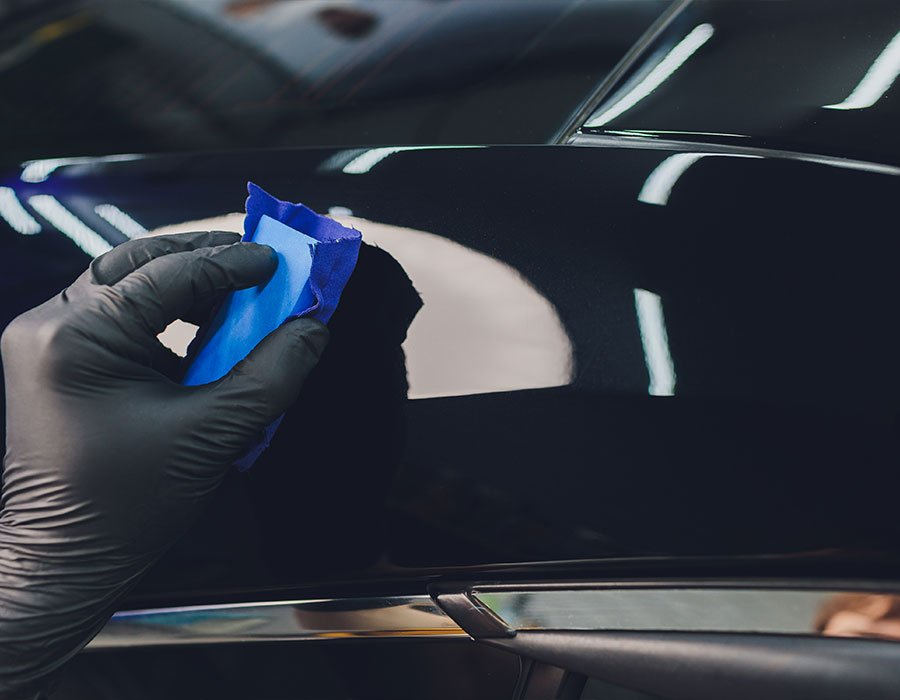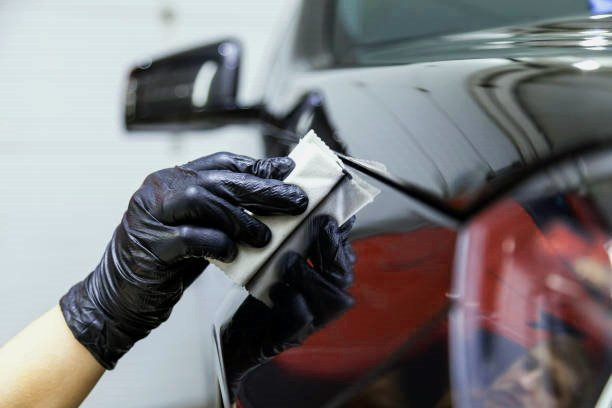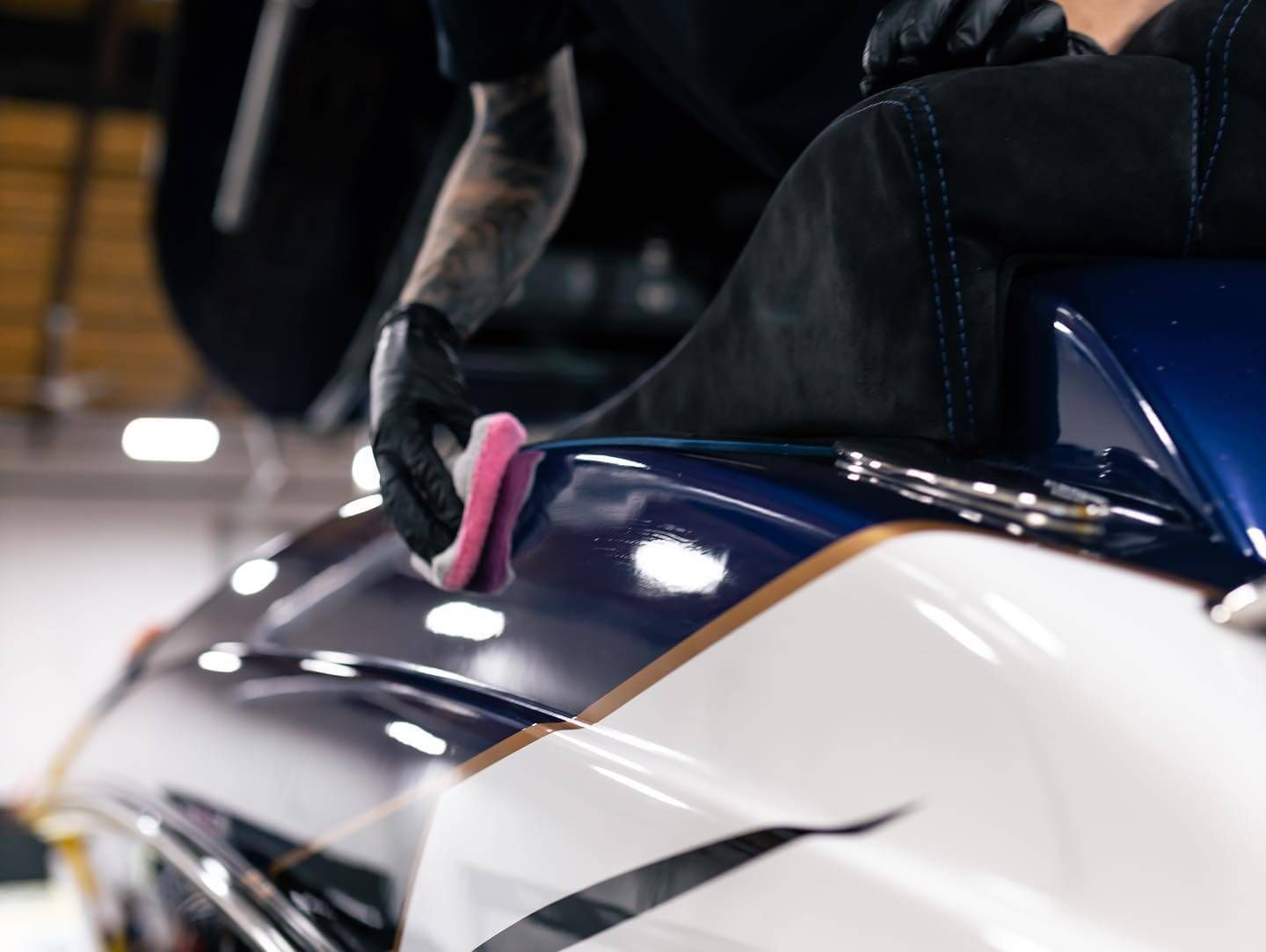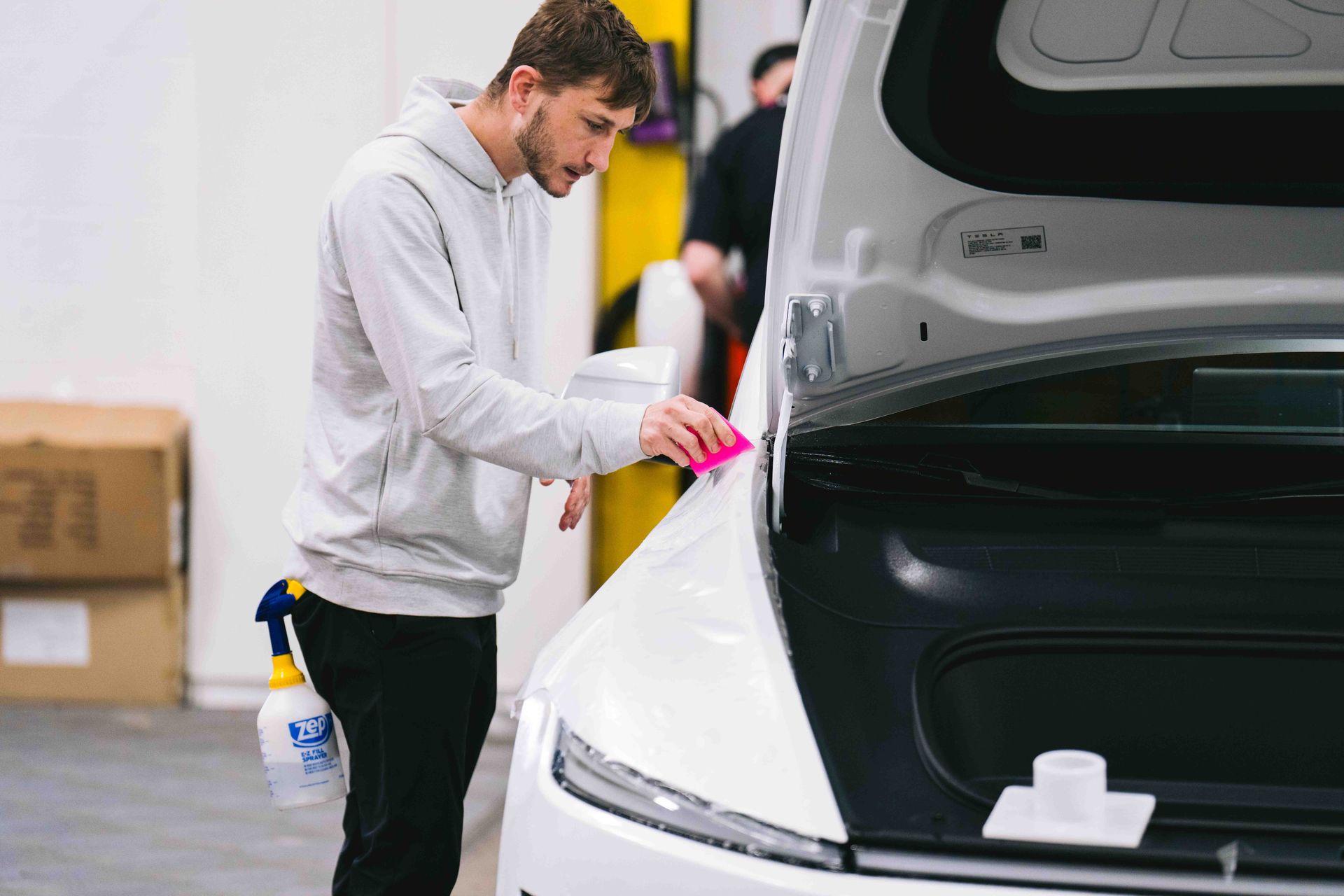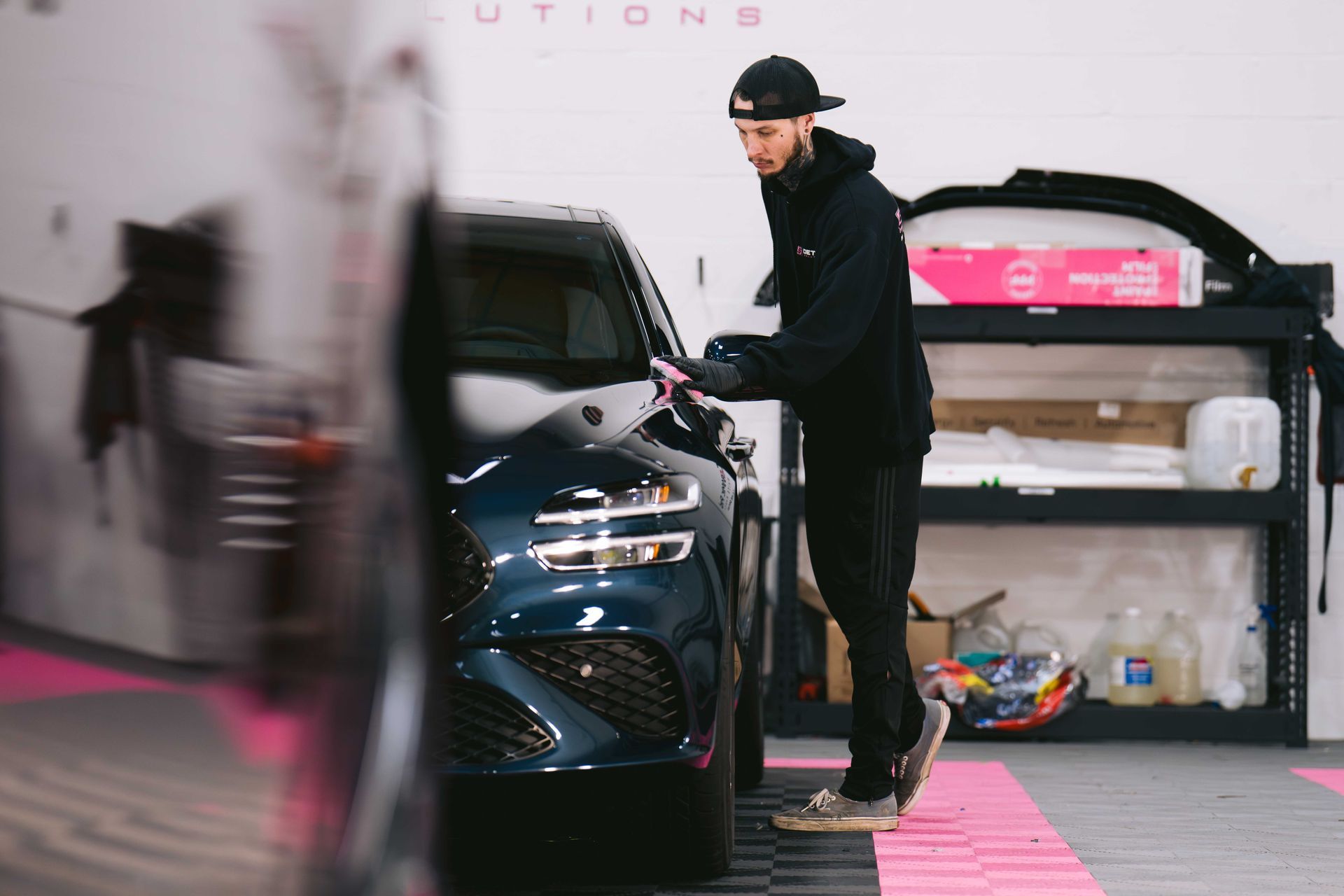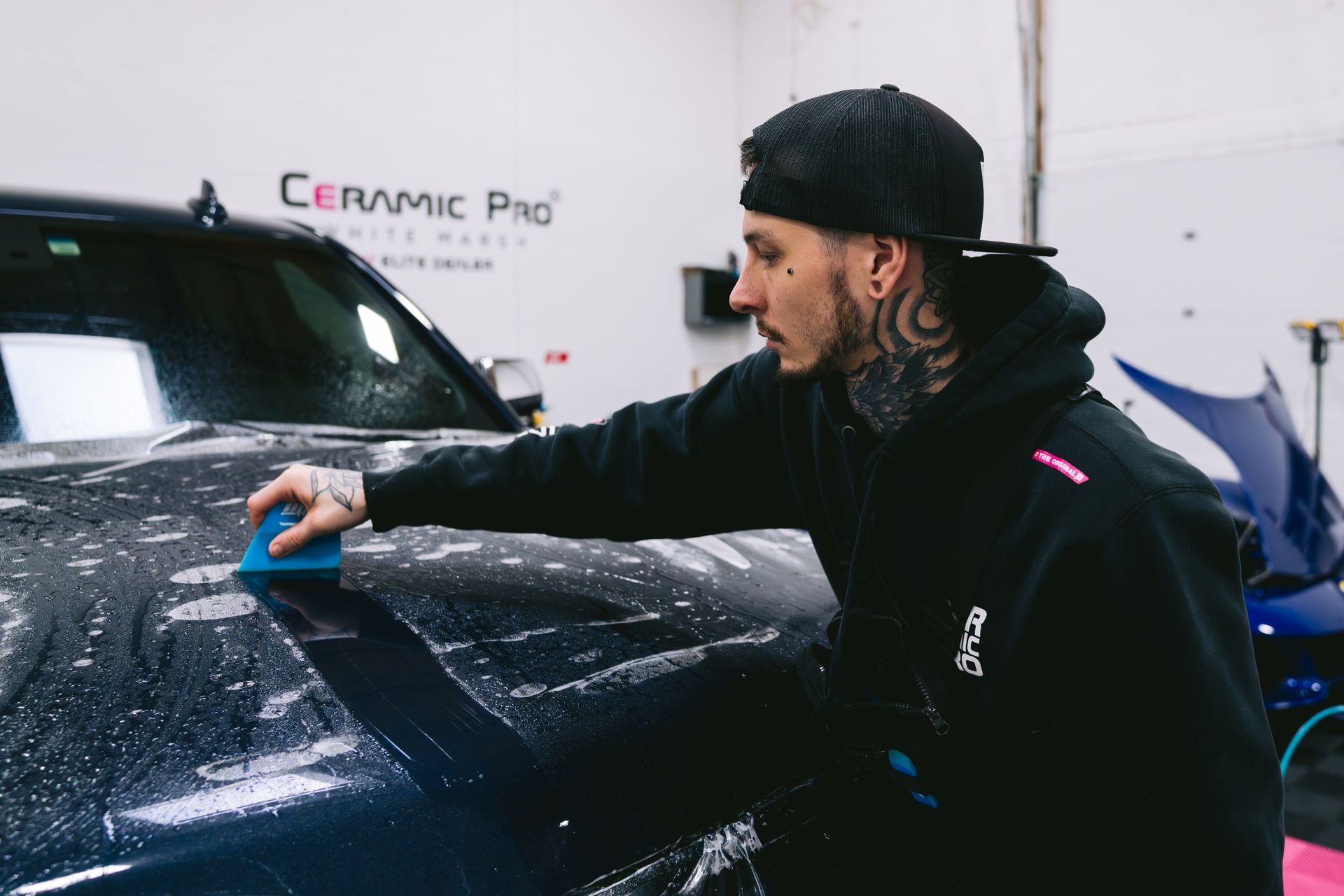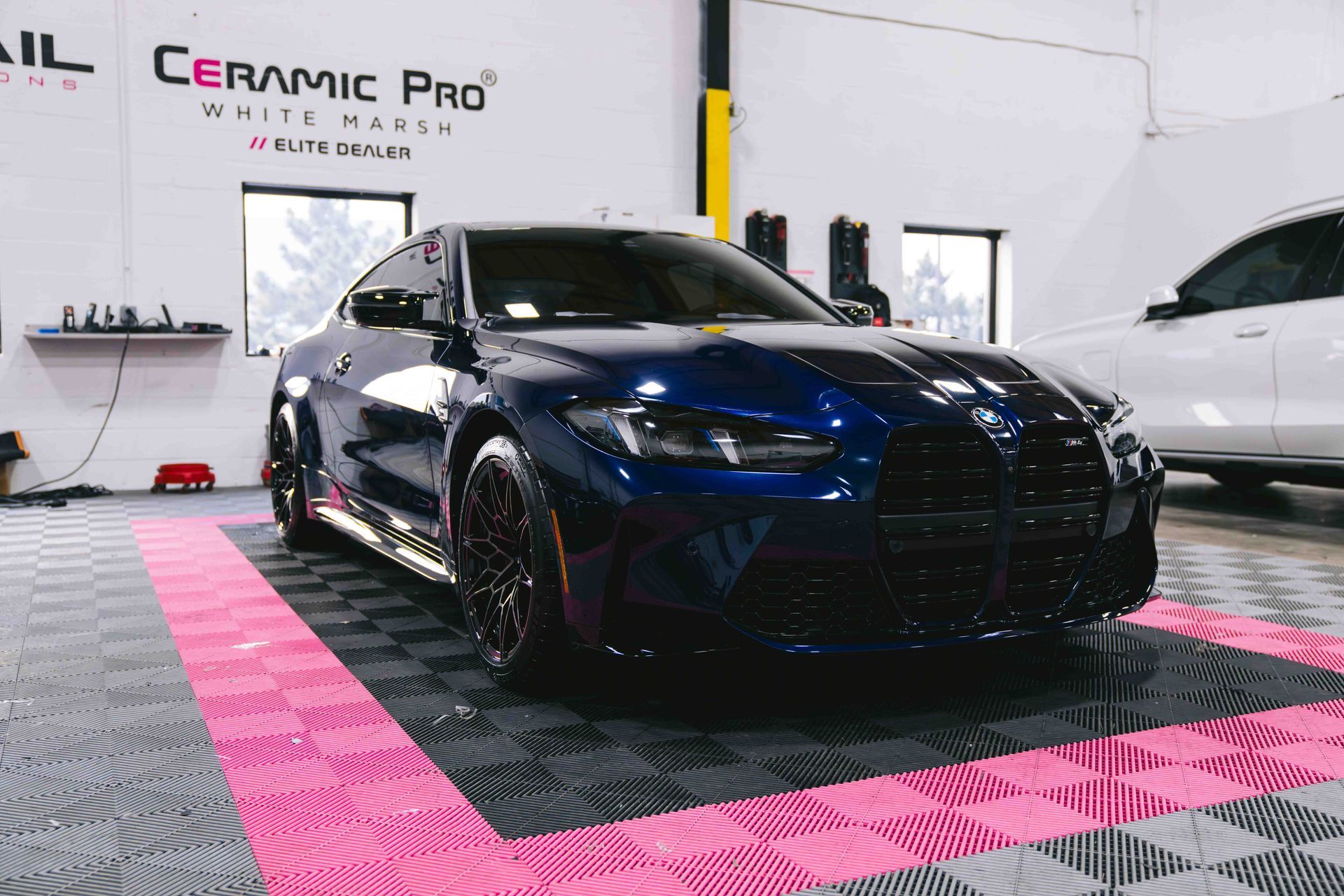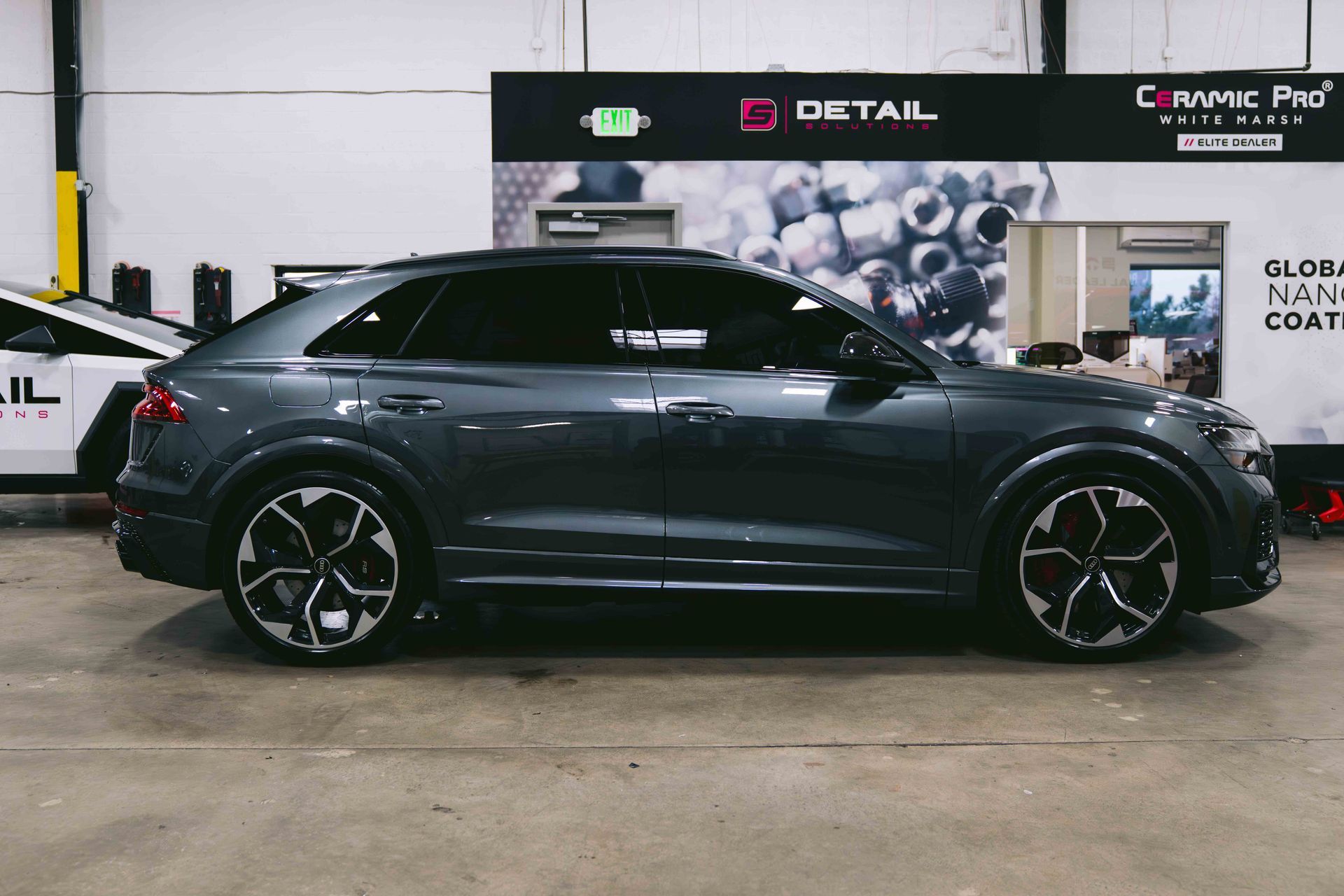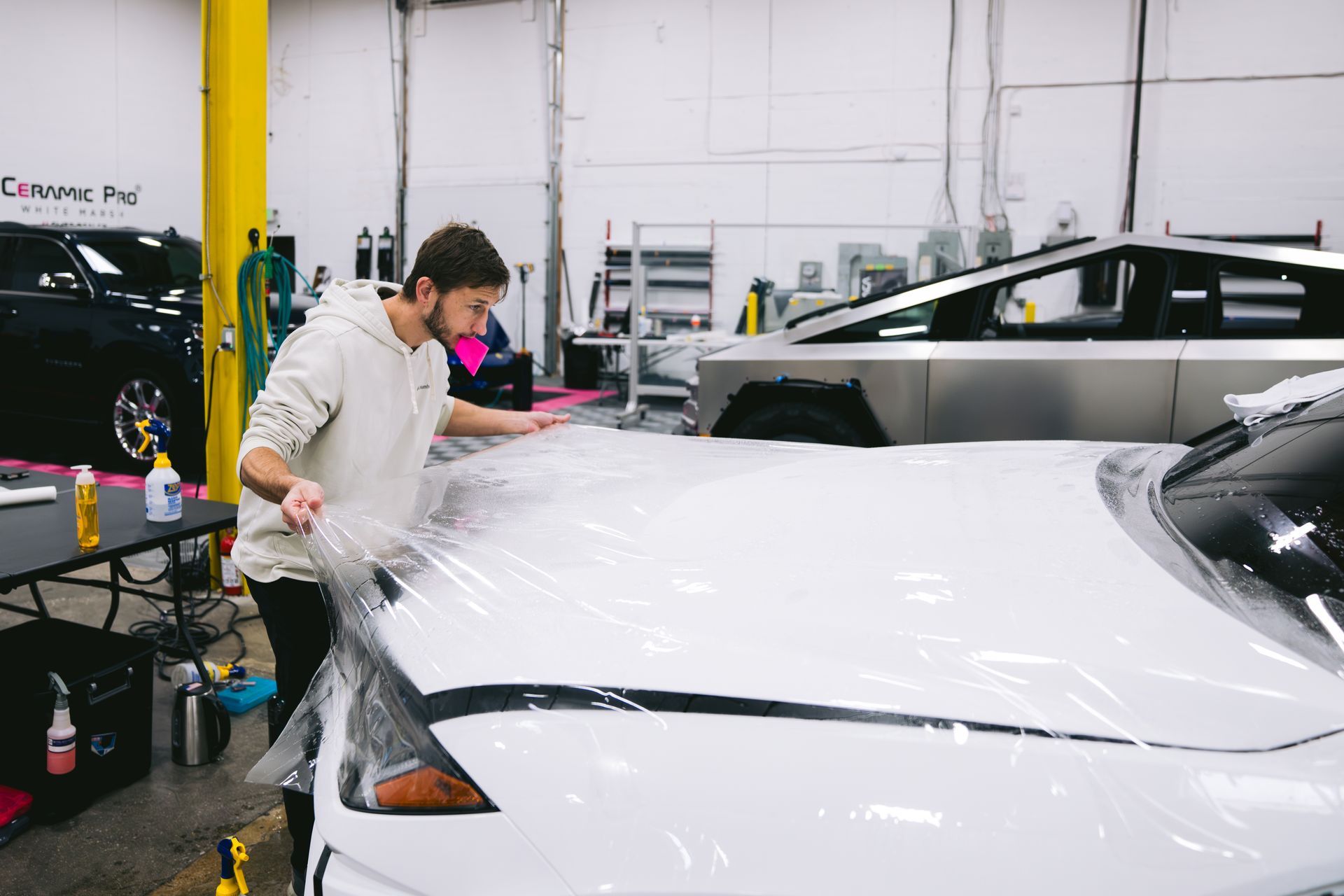If you’ve ever looked at your car's shiny exterior and wondered what’s protecting that paint job, you might be in for a surprise. Many car owners are turning to ceramic coatings, which provide a layer of protection far beyond what traditional wax can offer. But how can you determine if your vehicle has received this modern shielding? Don’t worry; it’s easier than it sounds! In this article, we’ll explore what ceramic coatings are and how to quickly test your car to see if it’s benefiting from this high-tech treatment. Who knew that a simple water test could reveal so much about the condition of your ride? Let’s dive in!
To test if your car is ceramic coated, perform a simple water test: spray water onto the surface of the vehicle; if the water beads and rolls off quickly, it's a strong indication that the
ceramic coating is present and effective. Additionally, inspect less visible areas such as the bottoms of fender trims to ensure an even application across all surfaces.
Simple Tests for Ceramic Coating
The beauty of ceramic coatings is that they are designed to enhance and protect your vehicle's exterior, but how do you know if you have one? Fear not—there are two simple tests you can perform right in your driveway or garage that will help you determine if that shiny exterior is indeed protected by a ceramic coating.
Water Beading Test
First up is the water beading test. Pouring water over your vehicle’s surface is perhaps the easiest way to gauge whether a ceramic coating is present. When you drizzle water on a traditionally waxed or uncoated car, it tends to spread out and create a puddle, making the paint look flat and dull. On the other hand, if you see water forming tight, spherical droplets that bounce off the surface like little pearls, you’re witnessing the impressive hydrophobic properties of a ceramic coating in action. This unique feature allows the water to bead due to the hydrophobic layer bonding effectively with the vehicle's paint, ensuring superior protection against dirt and grime.
However, simply observing water beads doesn’t tell the whole story about your vehicle’s surface protection. For a second evaluation, consider getting hands-on with your car's finish.
Smoothness Test
The next test is what I like to call the Smoothness Test. To conduct this test, gently run your fingers across the car’s surface. If your car boasts a ceramic coating, you'll notice an exceptionally smooth and slick sensation as your fingertips glide effortlessly along. It's almost as if you're touching glass instead of metal or paint! This silky touch comes from the robust protective layer created by the ceramic coating itself.
Before you embark on this tactile journey, ensure that your hands are clean—there's nothing worse than inadvertently scratching a freshly coated surface. A quick tip for a more definitive answer is to take a microfiber cloth and slide it across the paintwork as well. If it glides smoothly without any resistance, congratulations—you most likely have a ceramic coating in place!
These straightforward evaluations can enrich your experience as a car owner while revealing more about the protective enhancements to your vehicle's finish. Now let's transition into identifying visual indicators that can further confirm whether your car has received this effective treatment.
Visual Clues to Identify Coating
One of the most significant indicators of a ceramic coating is the glossy sheen it imparts to your vehicle's surface. A well-applied ceramic coating gives your car a high-gloss finish that surpasses standard wax treatments. When you walk around your car on a sunny day, notice how light reflects off the surface. If it appears vibrant and mirror-like, you may be looking at ceramic-coated paint. The depth and clarity of that shine can be mesmerizing, almost like staring into a pool of crystal-clear water.
But don't stop there; look closely at the reflections and the way light interacts with the paint. If you see that stunning brilliance and the edges of reflections are crisp rather than blurred, that's another positive sign of an effective ceramic coating. This characteristic is particularly telling because traditional waxes tend to exhibit less definition in their shine, often leading to more muted and less engaging visual effects.
Moving on from glossiness, another tell-tale sign is dirt repellency—an incredibly useful clue when trying to determine if your vehicle is shielded by a ceramic coat.
Inspect commonly soiled areas like the panels behind your wheels or around the lower parts of the doors. If these areas appear relatively clean after driving, it's highly suggestive that a ceramic coating is actively performing its job of repelling dirt and grime. Unlike untreated surfaces, which quickly showcase filth, a coated surface should help keep grime particles at bay thanks to its hydrophobic properties. It’s a major convenience knowing that not only does your car look great, but it also requires less frequent washing due to this protective layer.
Now let’s dive deeper into another important aspect: evenness.
Checking for an even finish involves examining the paint under direct sunlight or with a flashlight. A ceramic coating should provide a uniform gloss—any high spots, streaks, or uneven variations could indicate poor application. Ideal finishes appear smooth and consistent across the entire body of the car; they lack any shading or discoloration where the coating may not have adhered properly. Many professional detailers describe a properly coated car as having a consistently "wet" finish, creating an alluring aesthetic that’s hard to ignore.
Many enthusiasts will agree that when done right, even the passage of time shouldn’t dull the appearance of a ceramic-coated vehicle; it should continue to glisten just as much as it did immediately post-application. So if you’re experiencing that coveted “wet” look on your ride long after it was treated, you're likely reaping all the benefits from a quality ceramic coating!
By paying attention to these visual clues—gloss and shine, dirt repellency, and an even surface—you'll gain valuable insights into your vehicle's protection status while linking seamlessly into considerations about its hydrophobic traits.
Evaluating Hydrophobic Properties
One of the most striking characteristics of a ceramic-coated vehicle is its impressive hydrophobic nature. A properly applied ceramic coating creates a surface that repels water, leading to fascinating visual effects. During rainy weather, you may notice that the rain does not linger on the surface but rather beads up into beautiful droplets.
This phenomenon occurs because ceramic coatings reduce the surface tension of water. In fact, on a well-coated surface, water beads can reach a diameter of 5-10 mm, compared to just 1-3 mm on surfaces without such protection. This makes cleaning significantly easier, as dirt and grime are more likely to be washed away.
Beyond just aesthetics, these properties bring function and practicality into play.
Water Sheet Test
To conduct a simple water sheet test, rinse your car gently with a hose. If you observe the water quickly sheeting off and leaving minimal residue or streaks behind, this is an excellent indicator of an effective ceramic coat.
In time, however, even the best coatings can degrade if not maintained properly. The beauty lies in that first wash after application; water glides off fluidly like oil on skin. Not only does this create a pleasing visual effect, but it also prevents contaminants from settling onto the surface, reducing the need for frequent washing.
While this test shines a light on immediate results, let's consider how these coatings handle mud and dust.
Mud and Dust Repellency
Imagine driving through a particularly dusty environment; when you return home, take note of how easy it is to rinse off any accumulated grime or mud. With a ceramic-coated vehicle, you should find that most of these elements easily slide off during a gentle rinse.
This significant reduction in effort can save you time and energy when maintaining your car's pristine appearance. The hydrophobic layer resists adherence of particles thanks to its slick finish, making regular cleaning sessions less stressful.
However, the benefits extend beyond ease of maintenance; they also enhance your experience when dealing with unpredictable weather.
Rain Performance
After a rainstorm, take a moment to closely observe your vehicle's surface. An effective ceramic coating will allow water droplets to bead and roll off effortlessly while carrying along any residual dirt particles.
Fewer water spots and streaks form due to this process, resulting in an impeccable shine even after adverse weather conditions. Essentially, your car can stay cleaner longer with less effort on your part—a bonus for anyone who enjoys driving a visually appealing automobile.
Understanding these hydrophobic features reveals their significant role in maintaining both aesthetics and durability.
To further enhance your vehicle's protection and maintain that stunning appearance, consider reaching out to us at
Baltimore Detail. Call us at (410) 238-3000 for expert guidance tailored specifically for you.



